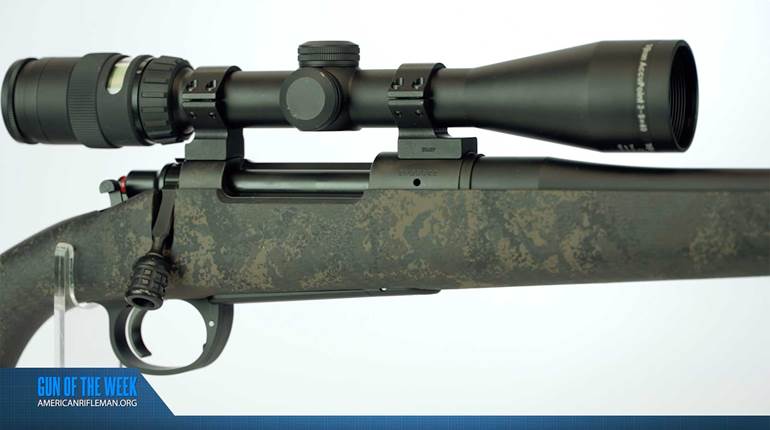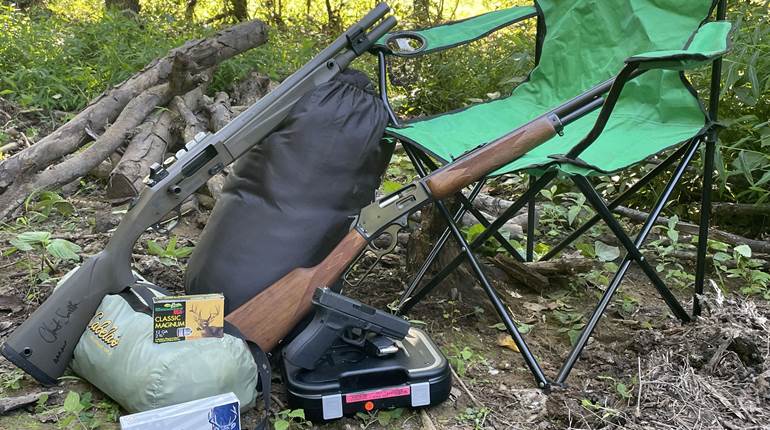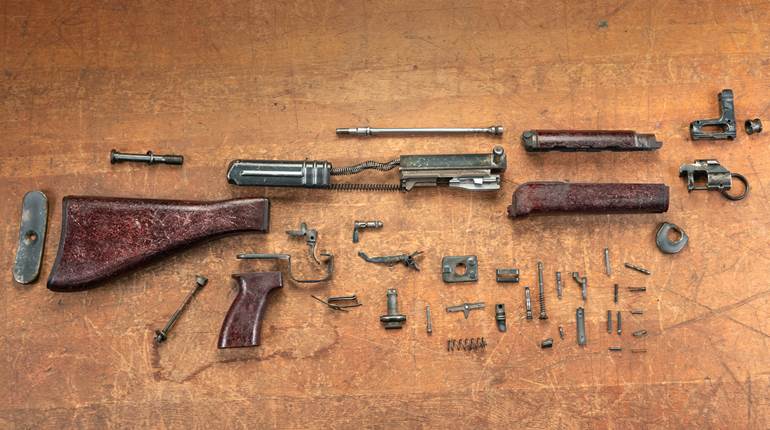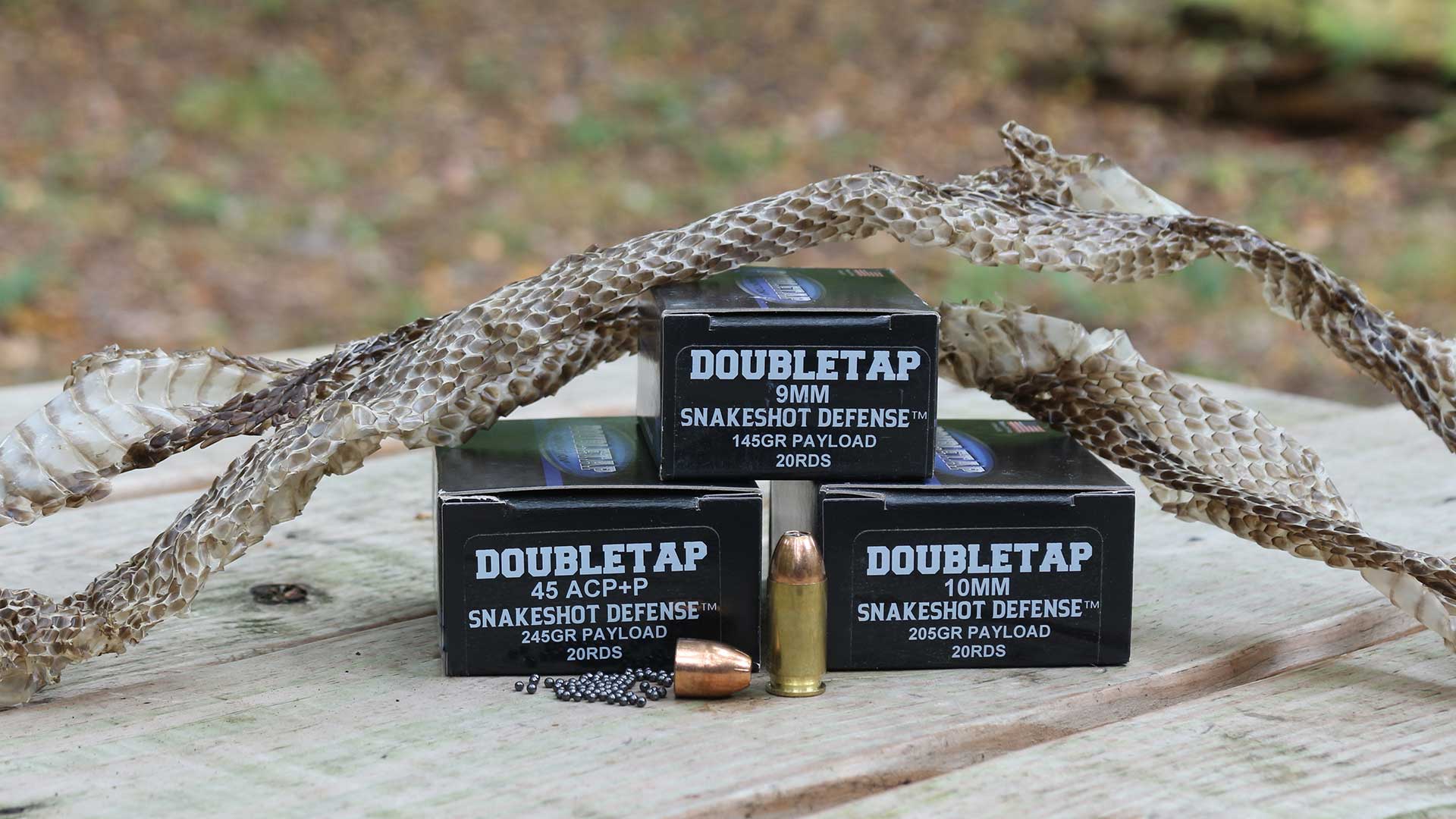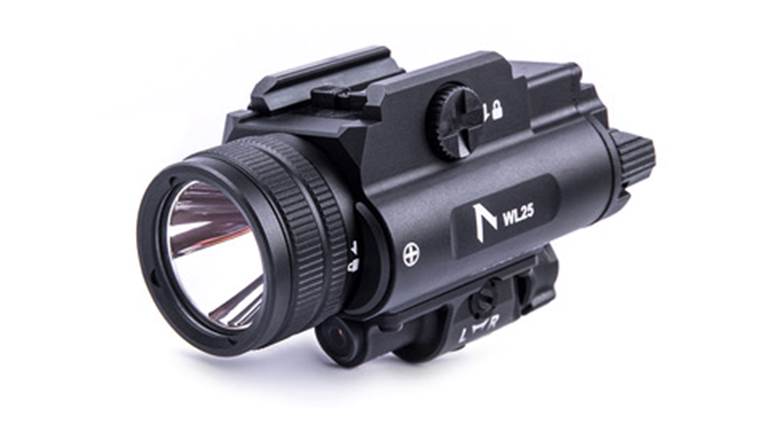
Chris Sajnog, former Navy SEAL small arms instructor, once wrote that the vertical foregrip (VFG) was one of the single worst things to ever happen to marksmanship. But, for many years, it seemed like the VFG was the one must-have accessory that everyone kept on their rifles—whether it was a big broom-handle-like thing, a chunky Grip Pod or the “stubby” variety that gained popularity later.
The VFG attachment gained popularity as part of the Special Operations Peculiar Modification (SOPMOD) program. The goal was to provide flexibility when configuring an M4 carbine. One challenge was the various illuminators and infrared designators that hung off the railed handguard. These devices left nowhere for the user to put his supporting hand. Taking a note from other rifle designs such as the Steyr AUG, the program office included a conspicuous vertical grip below the handguard, allowing the shooter to maintain control of the firearm.
Despite the context of a short handguard, VFGs proliferated to other configurations like the M16A4, which didn’t have the same handguard real-estate limitations. So, what’s the deal? If they are terrible for marksmanship and unnecessary on modern long handguards, why would you ever use one?
The answer comes down to updated shooting styles and comfort for carry. If you use the VFG like a handstop rather than an actual grip, it works great. Reaching forward and pressing the rear of your palm against the VFG offers a consistent and secure hand position every time. The VFG also helps ease wrist strain when carrying a rifle for hours on end. These days, a VFG is inexpensive and worth trying out for your needs. Start by placing it just behind your normal support-hand position on the handguard and try it out. Adjust it forward or backward from there as necessary.












